Articles list

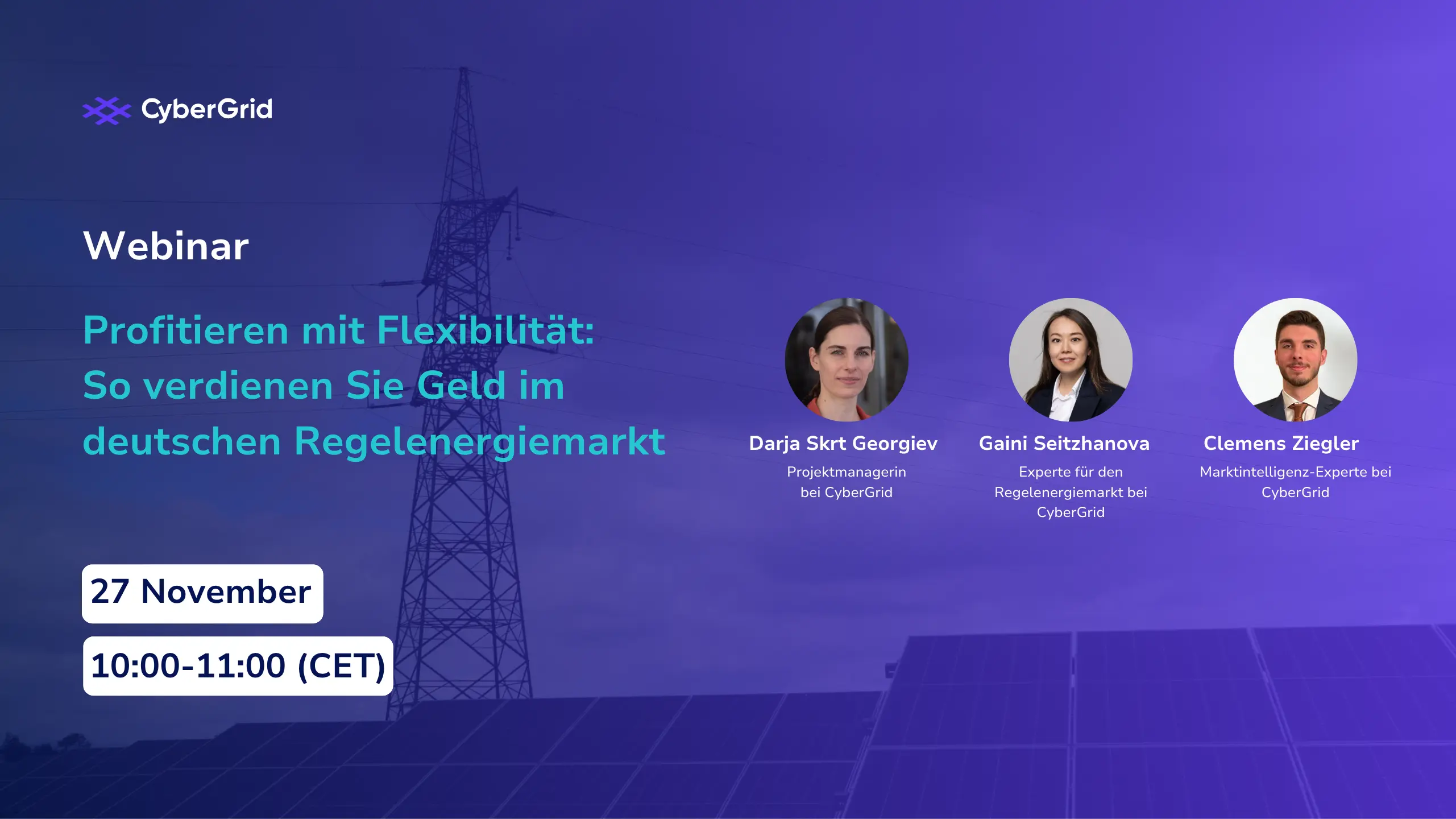
Ancillary Services Webinar
Die deutschen Regelenergiemärkte bieten attraktive Erlöspotenziale für flexible Anlagen. Im Webinar zeigen Expert:innen, wie Sie mit BESS, KWK, PtH, Biogas & Wasserkraft gezielt Einnahmen generieren – inklusive neuem, kostenlosem Revenue Tool.

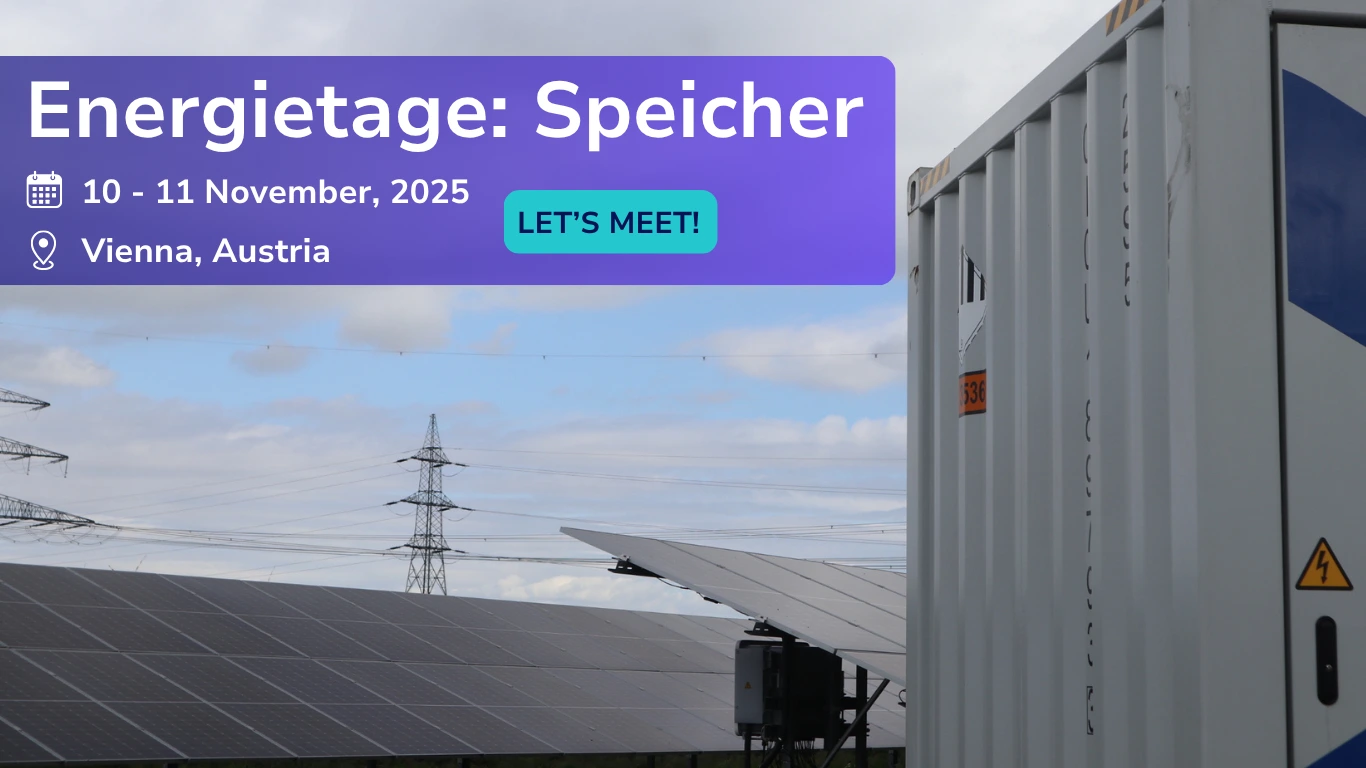
Energietage 2025: Storage as the Systems Lever of Austria’s Energy Transition
Energietage 2025 convene three interlinked specialist conferences - Storage, Grids, and Data Management Storage, Grids and Data Management in Vienna to advance Austria’s energy transition. ‘Practical insights into the Theiß battery storage project’ will be presented on 11 November. EVN manages and market the flexibility of the Theiß Hybrid Storage System in the balancing and intraday market using the cutting-edge software solution ‘CyberNoc’.

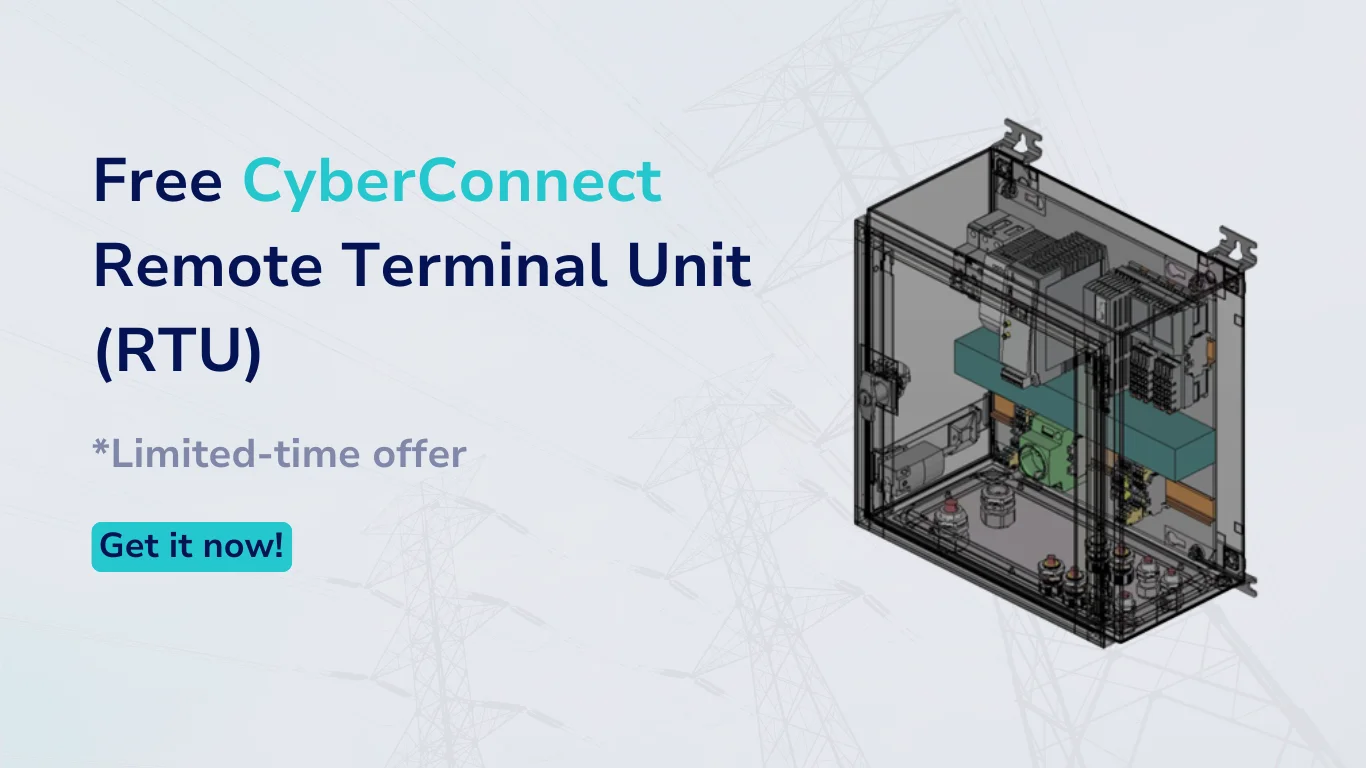
Get your free CyberConnect Remote Terminal Unit and start trading energy flexibility
This is a limited-time offer, available with a minimum 2-year contract starting from just 1 MW of available flexibility, and valid until December 31st.


Get the latest Ancillary Services Market Report for Austria — Free Download
Don't miss out on the latest trends in Austria's ancillary services market, including capacity prices, revenue potential, activation rates, average prices, and much more.


Webinar „Vom Netzsupport zum Profit: Wie Stadtwerke Flexibilität monetarisieren können"
Discover how we technically integrate your energy assets for multi-market flexibility trading, covering the entire value chain from asset prequalification to revenue generation.

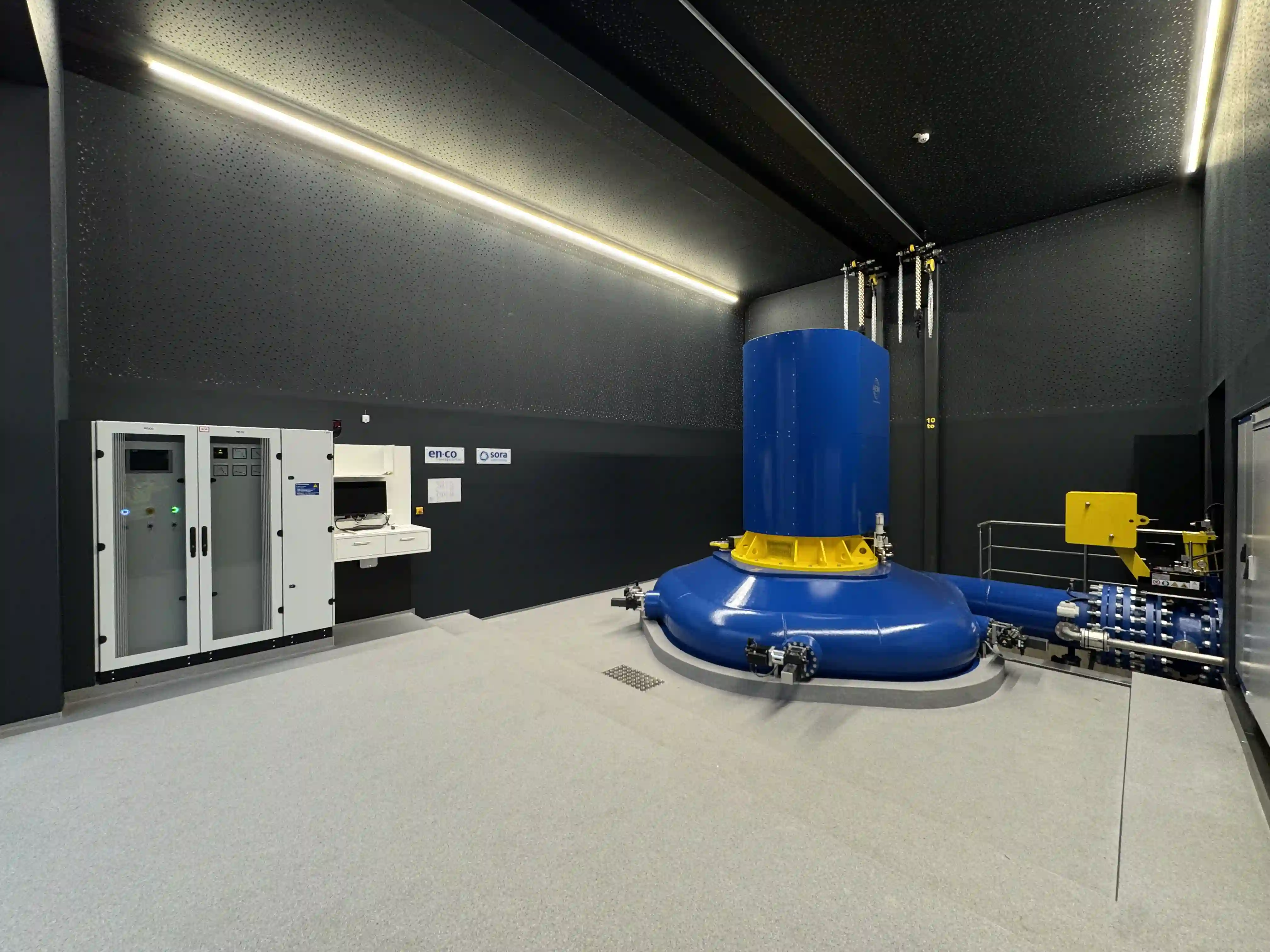
Elektrowerk Assling: hydropower flexibility marketing
The hydropower plants located in East Tyrol are actively providing ancillary services, thereby maximizing profitability by trading flexibility across multiple energy markets.


Enlit Europe 2025
Join us at our booth and explore how we are helping key energy market players like utilities and aggregators to unlock the full potential of their energy flexibility.


Österreichische Fachtagung für Photovoltaik und Stromspeicherung
Don't miss out on the presentation of the hybrid park Trumau, a use case consisting on a battery storage system co-located with PV and wind. Its energy flexibility is optimized and monetized on the balancing and wholesale energy markets by CyberGrid.

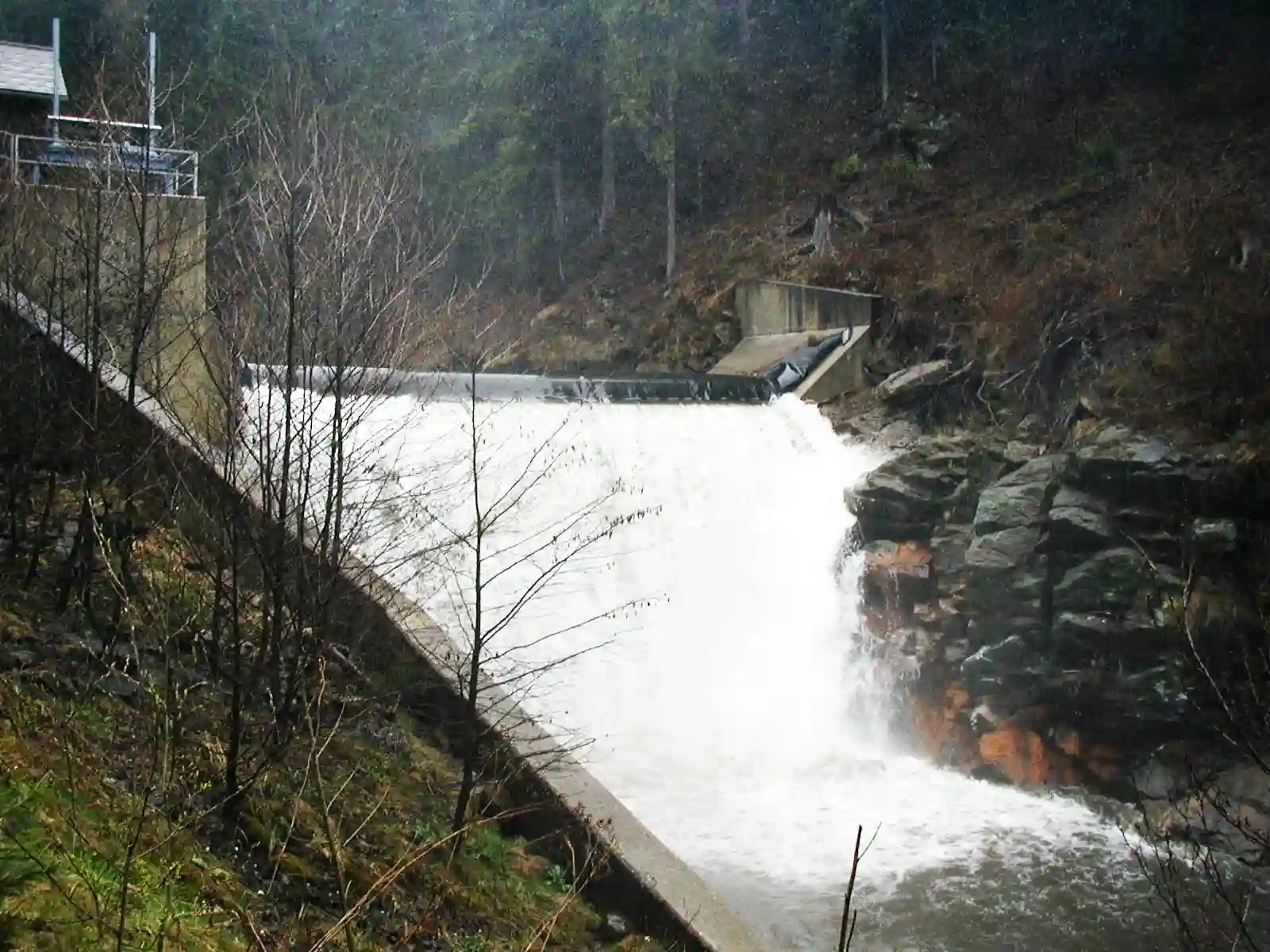
Edelschrott HPP: Empowering regional utilities to actively participate in dynamic energy markets
CyberNoc VPP solution enables regional utilities to participate in multiple electricity markets, creating new revenue streams, and contributing to a sustainable regional development.


Jahrestagung Kleinwasserkraft Österreich 2025
Explore opportunities for hydropower plants to provide energy flexibility in Austria, reduce operational costs, and unlock new revenue streams.

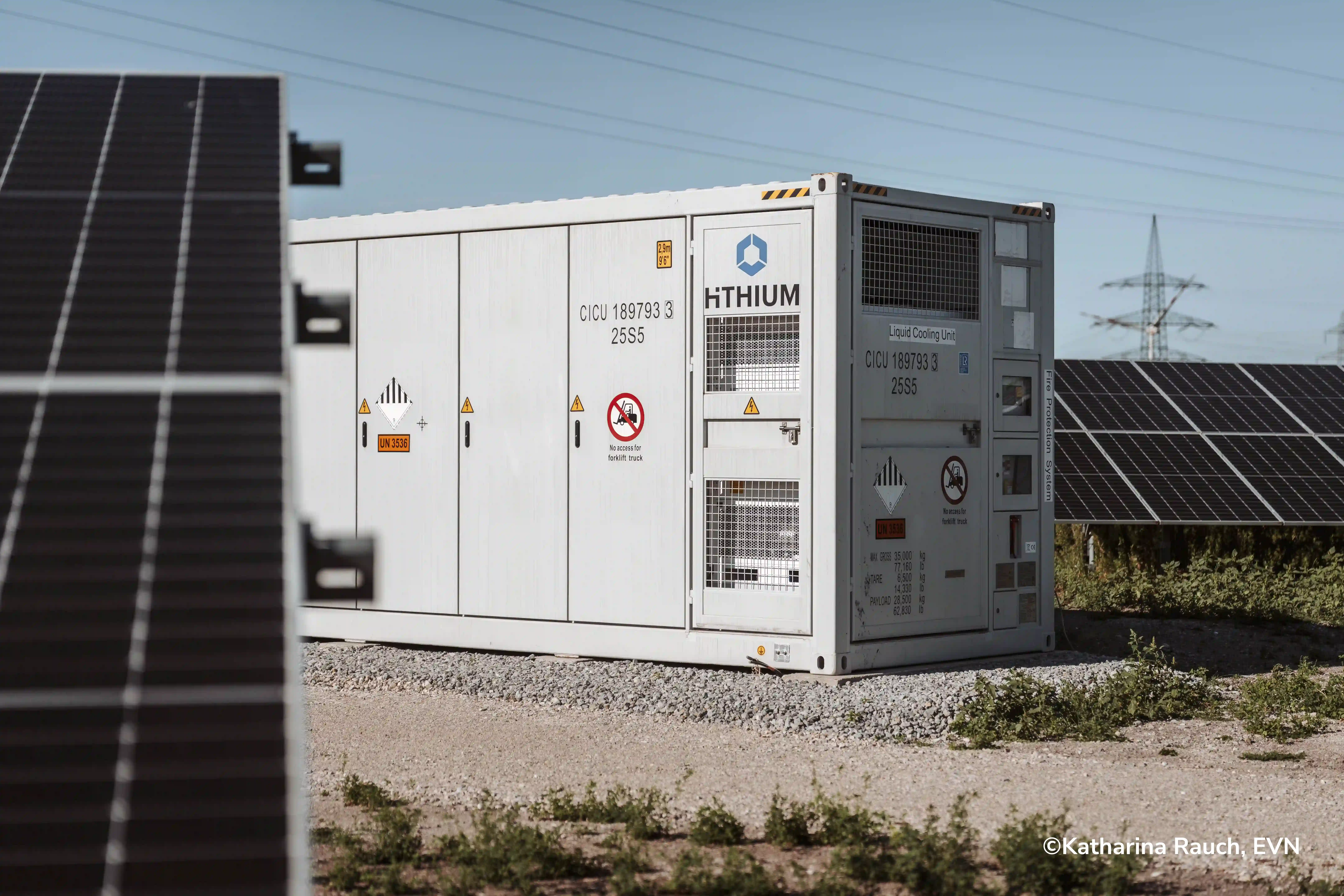
A large-scale battery storage facility has gone into operation in Trumau
A new Battery Energy Storage System at the hybrid park in Trumau has been commissioned, integrating solar, wind, and storage to supply 13,000 households, to enhance grid stability, optimise market participation, and assure sustainable energy future.


ASMET Fachausschüsse
Explore how industrial flexibility can support grid stability, reduce emissions, and unlock new revenue streams by actively participating in the energy market.